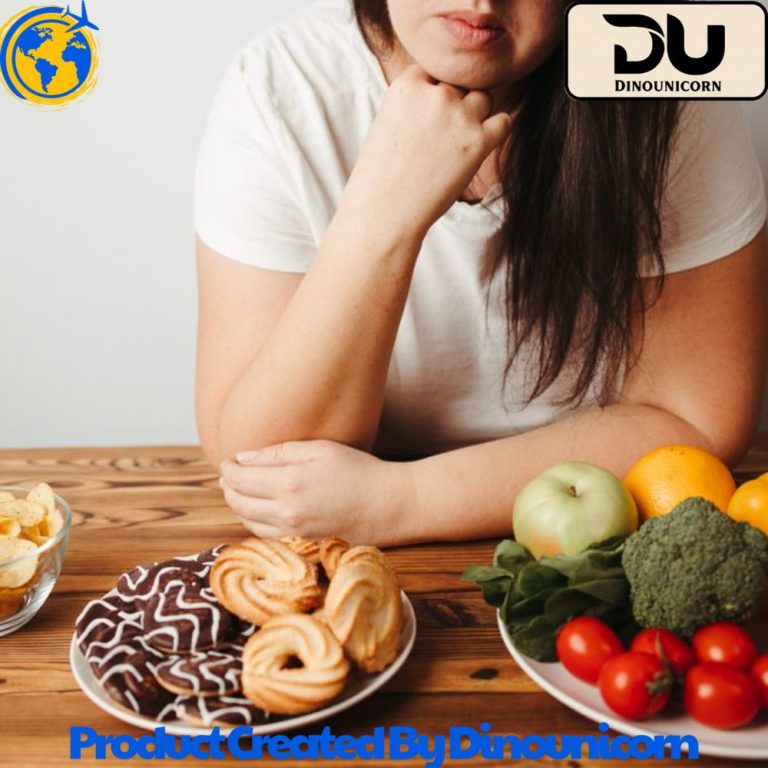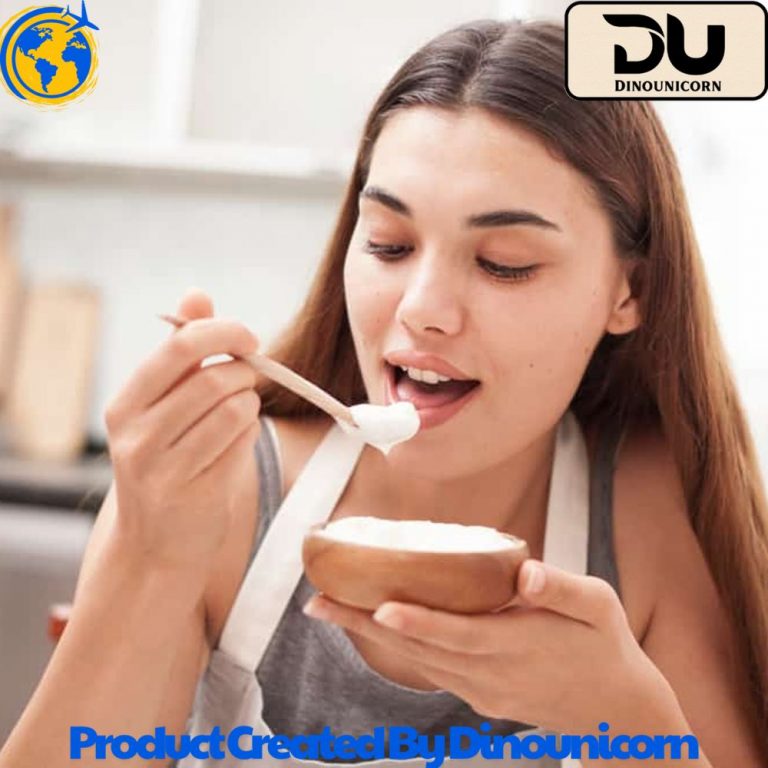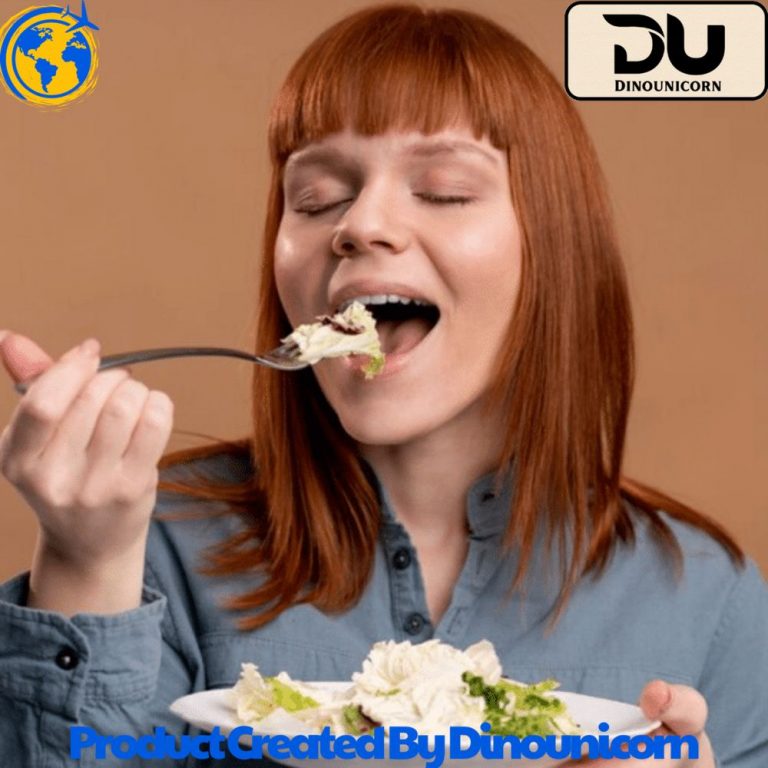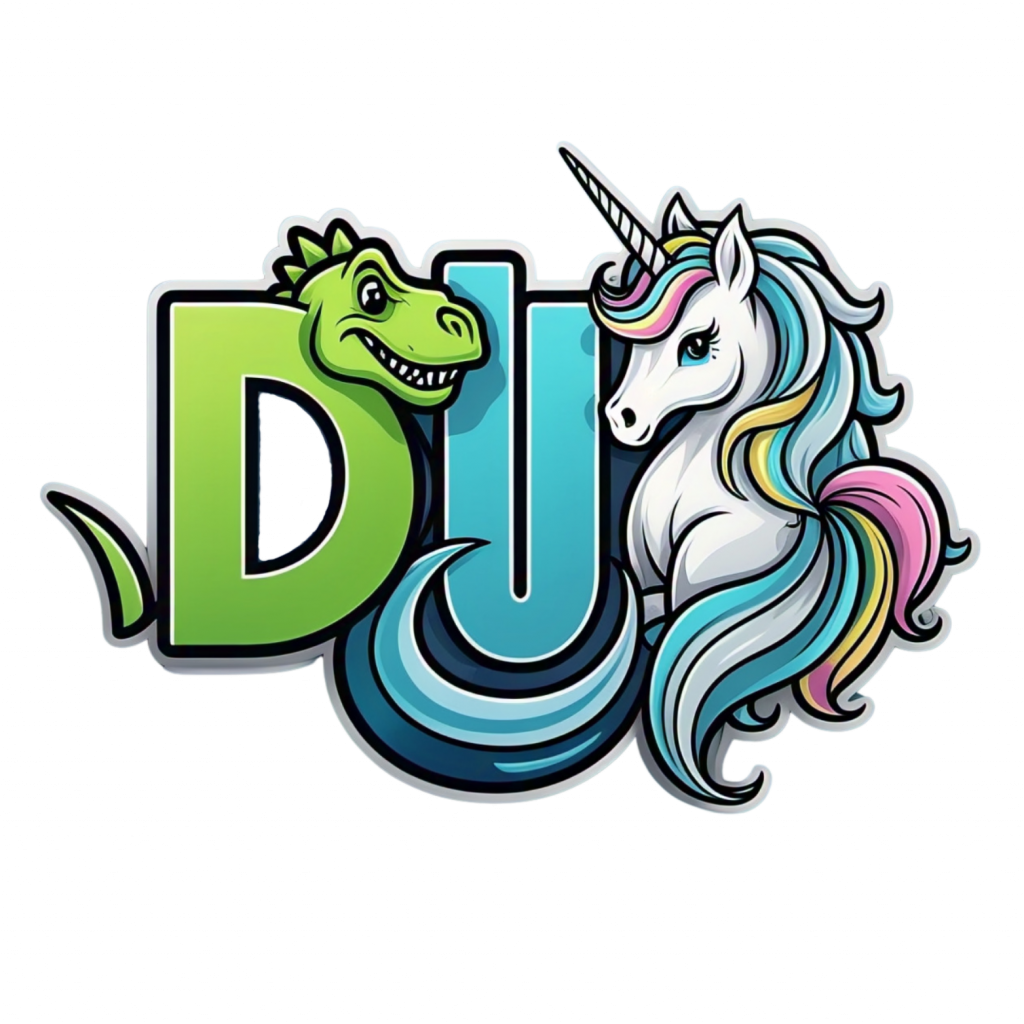Blog
What to Eat After Tooth Extraction?
What to Eat After Tooth Extraction: A Complete Guide for Recovery
After a tooth extraction, it’s essential to follow a specific diet to ensure proper healing and avoid any complications. Eating the wrong foods can delay recovery, cause pain, and increase the risk of developing issues like dry socket. In this comprehensive guide, we will walk you through what to eat after tooth extraction, including the best soft foods to consume, what to avoid, and helpful recovery tips to ensure a smooth healing process.
Why Post-Tooth Extraction Diet Is Important for Healing
After a tooth extraction, the body’s primary focus is to heal the affected area, and nutrition plays a significant role in this process. The right diet can help reduce inflammation, speed up healing, and support the immune system.
The Role of Nutrition in Tooth Extraction Recovery
The body requires specific nutrients to heal effectively after oral surgery. Foods rich in vitamins and minerals, particularly vitamin C, vitamin A, zinc, and protein, are essential. These nutrients promote tissue repair and bolster the immune system, ensuring that the extraction site heals quickly and without infection. For example, consuming protein shakes or smoothies can provide necessary nutrients while being gentle on the extraction site.
Avoiding Complications like Dry Socket and Infection
Certain foods can increase the risk of complications such as dry socket, which occurs when the blood clot in the extraction site dislodges or dissolves, exposing bone and nerves. Eating the wrong foods or engaging in certain habits, such as sucking or using straws, can exacerbate this problem. By following the proper diet and care instructions, you minimize these risks.

Best Soft Foods to Eat After Tooth Extraction
When recovering from tooth extraction, the first few days are crucial. During this time, you should stick to soft foods that won’t irritate or disturb the extraction site.
Top Soft Foods for Immediate Post-Surgery Recovery
Mashed potatoes, yogurt, smoothies, and applesauce are perfect choices for the first few days following surgery. These foods are easy to eat, packed with essential nutrients, and won’t put pressure on your mouth or extraction site. Soft foods like these help you maintain your diet while avoiding discomfort.
Nutrient-Rich Foods That Promote Healing
In addition to soft foods, choosing nutrient-dense options such as broths, protein shakes, soft scrambled eggs, and cottage cheese can provide your body with the necessary vitamins and minerals for faster recovery. For example, bone broth is an excellent source of collagen and protein, which helps repair tissues. These healing foods can significantly improve the healing process and reduce post-surgery discomfort.
Liquid Diet After Tooth Extraction for the First 24 Hours
During the first 24 hours after tooth extraction, it’s best to stick to a liquid diet. Drinking water, herbal teas, and electrolyte drinks can help you stay hydrated without irritating the extraction site. Avoid drinking with a straw, as the suction can disturb the blood clot and cause a dry socket.

What to Avoid After Tooth Extraction: Harmful Foods
Certain foods should be avoided after tooth extraction to ensure proper healing and minimize discomfort.
Foods That Can Irritate the Extraction Site
Spicy, crunchy, or chewy foods can irritate the extraction site and cause unnecessary pain or inflammation. Hard foods like raw vegetables or crusty bread should also be avoided as they can dislodge the blood clot or cause further damage.
Foods to Avoid to Prevent Dry Socket
To avoid developing a dry socket, refrain from eating nuts, chips, or hard candies. These foods can get lodged in the extraction site and disrupt the healing process. Additionally, avoid consuming alcohol and tobacco, as they can delay healing and increase the risk of infection.
Alcohol, Smoking, and Other Habits to Avoid for Faster Healing
It’s essential to avoid smoking and drinking alcohol after tooth extraction, as these habits can delay the healing process. Smoking can interfere with blood flow to the gums, leading to poor healing and a higher risk of infection. Alcohol can cause dehydration and interfere with pain medications, so it’s best to refrain from drinking until you’re fully healed.
Tooth Extraction Recovery: Healing Foods and Tips
A balanced diet can significantly impact the speed and quality of recovery after tooth extraction. Incorporating healing foods into your post-surgery meals will ensure that your body has all the nutrients it needs to heal.
Best Foods for Fast Recovery After Tooth Extraction
To support recovery, focus on foods that are both soft and rich in healing properties. Protein-rich foods such as soft scrambled eggs and yogurt provide essential building blocks for tissue repair. Smoothies and mashed avocado are also excellent options, as they provide healthy fats and vitamins that aid healing.
How to Stay Hydrated and Boost Healing with Liquids
Staying hydrated is crucial after surgery. Water, herbal teas, and fresh fruit juices provide hydration without irritating the extraction site. Additionally, drinking electrolyte drinks like Gatorade can help replenish minerals lost during the recovery process and keep you energized.

Tooth Extraction Recovery Meal Ideas and Recipes
Preparing meals that are both nutritious and gentle on your mouth is essential for the healing process. Below are some meal ideas that will keep you satisfied and help speed up recovery.
Easy-to-Make Post-Tooth Extraction Meals
Mashed avocado, steamed vegetables, and oatmeal are all easy-to-make and soft on your mouth. These foods are high in nutrients, including fiber, vitamins, and healthy fats, that help your body heal faster. You can also combine them with smoothies or protein shakes to make meal preparation even simpler.
Smoothie Recipes for Tooth Extraction Recovery
Smoothies are one of the best foods to eat after tooth extraction because they are soft, hydrating, and easy to customize. Try making a banana and spinach smoothie with added protein powder for a nutrient-packed meal. You can also blend berries with Greek yogurt for a tangy, refreshing treat.
Creating a Post-Tooth Extraction Food Plan for Recovery
Planning your meals can ensure that you stay on track with your recovery diet. Create a weekly meal plan that includes soft foods like pudding, cottage cheese, mashed potatoes, and scrambled eggs. This helps you avoid stress while recovering, as you’ll always have the right foods available to nourish your body.
When to Reintroduce Solid Foods After Tooth Extraction
While soft foods are essential in the first few days after tooth extraction, you may eventually want to reintroduce solid foods into your diet.
Signs You Can Start Eating Solid Foods Again
Once you notice that the swelling has gone down and the pain is manageable, you can slowly begin to eat solid foods again. If your gum tissue has healed sufficiently, you may be able to consume foods like pasta, fish, or well-cooked vegetables. Always chew on the opposite side of the extraction site.
Gradually Transitioning from Soft to Regular Foods
Reintroduce solid foods gradually. Start with foods that are easy to chew and won’t put too much pressure on the extraction site. As your mouth heals, you can move back to your regular diet. However, be mindful of your body’s signals—if any food causes pain, it’s best to go back to softer options for a while.

Frequently Asked Questions (FAQs)
Q1: How soon can I eat after tooth extraction?
A1: It’s recommended to stick to a liquid diet for the first 24 hours after surgery, then transition to soft foods over the next few days as your mouth heals.
Q2: Can I eat ice cream after tooth extraction?
A2: Yes, ice cream can be a good option for soothing your mouth after surgery. Just make sure it’s soft and doesn’t contain any hard pieces that could irritate the extraction site.
Q3: When can I eat solid foods after a tooth extraction?
A3: You can start eating solid foods once the swelling and pain have decreased, typically after 3-4 days. Start with softer foods and gradually transition to regular meals.
Q4: What drinks can I have after tooth extraction?
A4: You can drink water, herbal teas, and fresh fruit juices. Avoid drinking from a straw as this can cause complications like dry socket.
If possible, please visit dinounicorn.com or freshmilktee.com to support us.
 Skip to content
Skip to content

